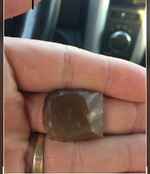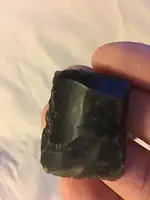CHUDs
Sr. Member
- Joined
- Feb 13, 2014
- Messages
- 440
- Reaction score
- 677
- Golden Thread
- 0
- Location
- Santa Cruz, CA
- Primary Interest:
- All Treasure Hunting
I went to the flea market today and found these obsidian flake tools. The owner didn’t know anything about them but sold them for $1 a piece to me. They have dirt in them. Uniface and maybe had been a larger, single piece at one point but I’ve never seen anything like them before. Anyone? I can take more pics once my phone charges up.
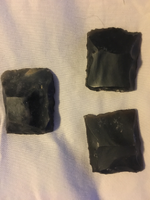
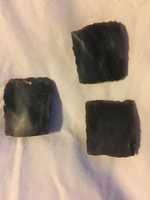
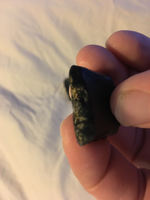
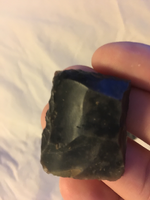
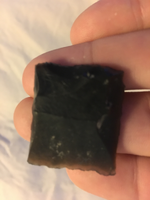





Upvote
0



